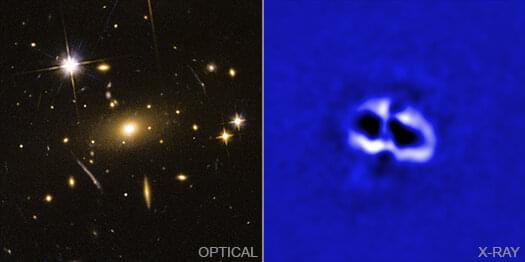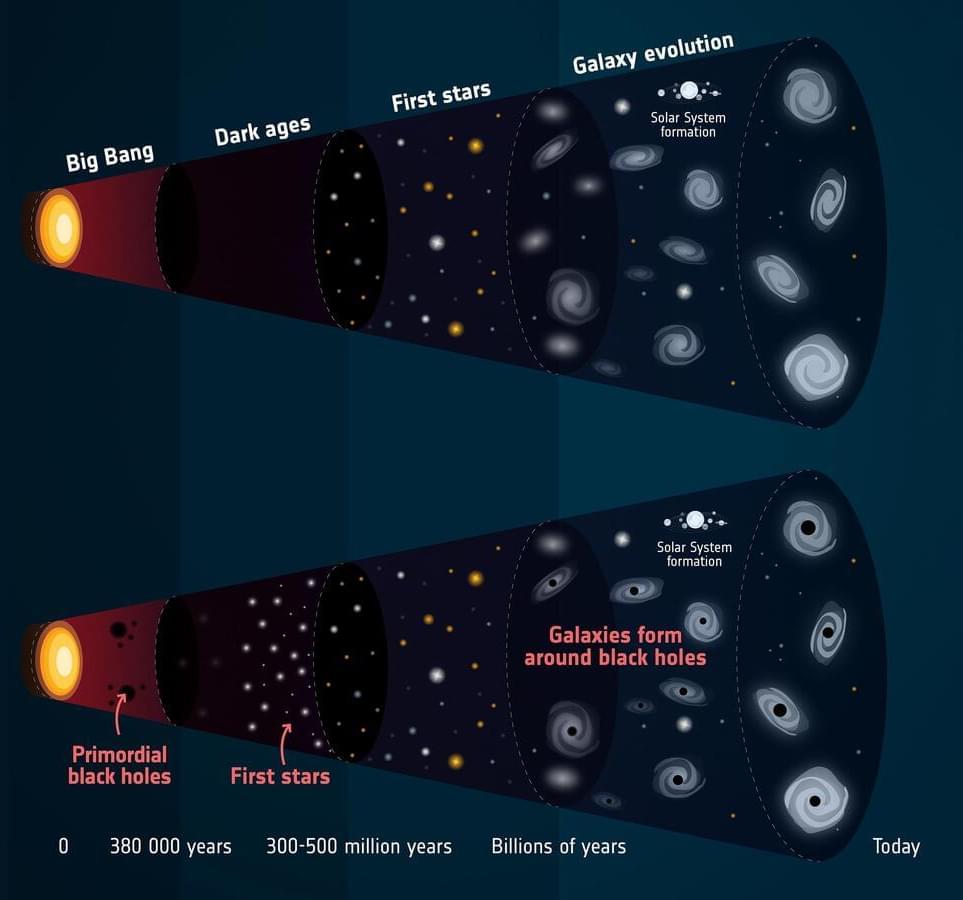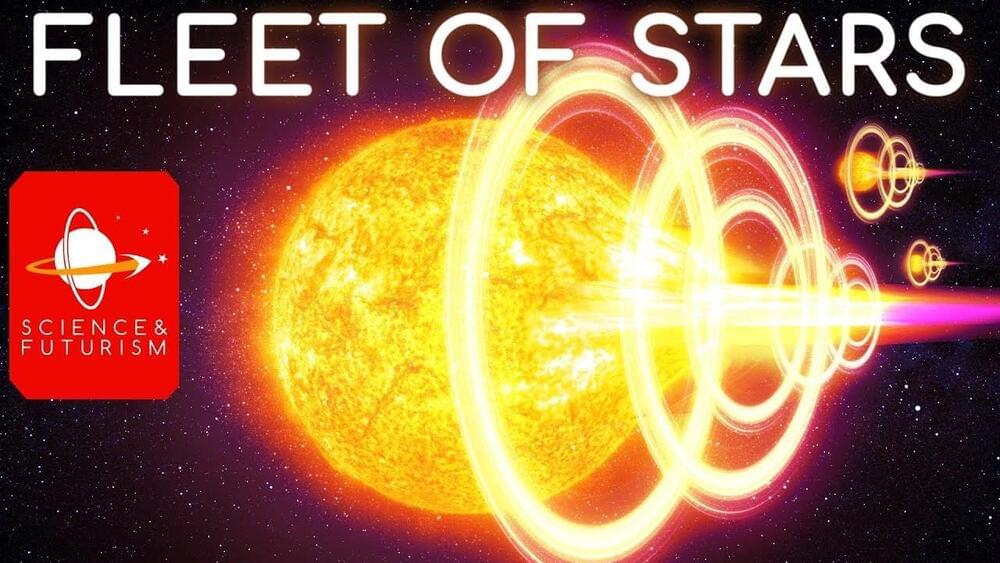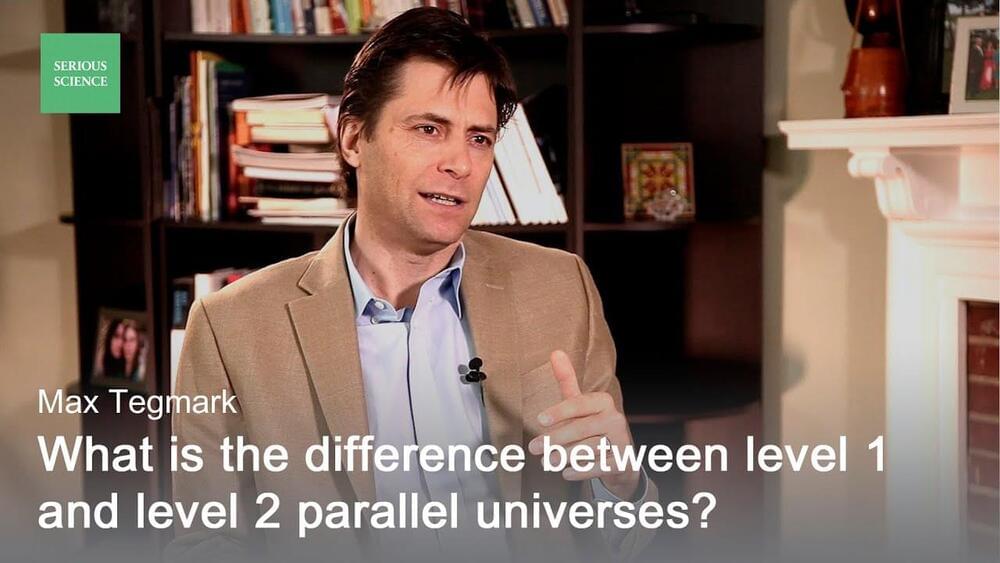Scientists have found four enormous cavities, or bubbles, at the center of a galaxy cluster using NASA’s Chandra X-ray Observatory. This unusual set of features may have been caused by eruptions from two supermassive black holes closely orbiting each other.
Galaxy clusters are the largest structures in the universe held together by gravity. They are a mixture of hundreds or even thousands of individual galaxies, enormous amounts of hot gas, and unseen dark matter. The hot gas that pervades clusters contains much more mass than the galaxies themselves, and glows brightly in X-ray light that Chandra detects. An enormous galaxy is usually found at the center of a cluster.
A new Chandra study of the galaxy cluster known as RBS 797, located about 3.9 billion light-years from Earth, uncovered two separate pairs of cavities extending away from the center of the cluster.









